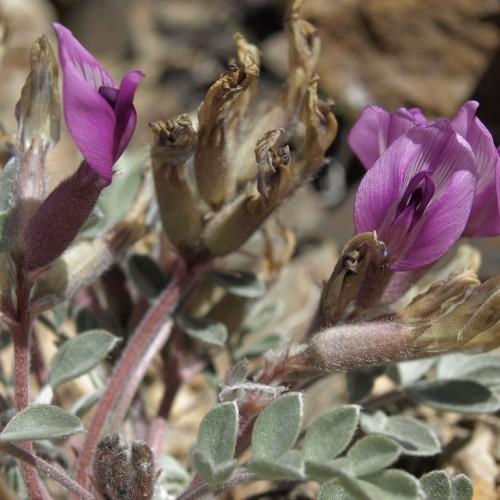
Woollypod Milkvetch
Astragalus purshii var. purshii
Watering:
Frequent
Hardiness Zone:
Sun:
full sun,part shade
Leaf:
Yes
Growth Rate:
Low
Drought Tolerant:
Yes
Salt Tolerant:
Yes
Care Level:
Medium
watering
Narrowleaf Milk Vetch should be watered deeply about once a week during the growing season (April to September). For longer-term maintenance, water deeply in late fall to moisten the root zone and then let the soil dry out during winter dormancy. Deep watering means that the water should penetrate the root zone of the plant, which is about 8-12 inches deep, to promote deep root growth. Water slowly and for a longer duration to maximize water penetration. When the soil near the base of the plant begins to dry out, it is time to water again.
sunlight
Narrowleaf Milk Vetch, Astragalus pectinatus, is a perennial plant species native to the Southwestern United States. The plant requires full, direct sunlight for at least 8 hours a day to grow optimally and thrive. If the plant is grown in partial shade or receives less than 8 hours of direct sunlight each day, it will not perform as well and is likely to become weak, pale, and suffer from stunted growth. This species of milk vetch is drought tolerant and prefers somewhat dry, well-drained soil, although it can tolerate wetter soil conditions in wetter climates. In general, it performs best when grown in sunny, sandy locations that receive full sun from early morning until mid to late afternoon.
pruning
Narrowleaf Milk Vetch should be pruned twice a year in the spring and late summer/early fall. Before the spring growth begins, prune away any broken or dead stems that are obstructing new shoots. In the late summer/early fall, prune back any excess growth from the spring, such as twiggy stems or overcrowded branches. Since this plant has a tendency to spread, it is also important to prune away any unwanted leaves or stems that are growing outside the desired shape or size. Pruning will usually take place 3-4 weeks before the plant's first frost and should be done gradually over a few days.
